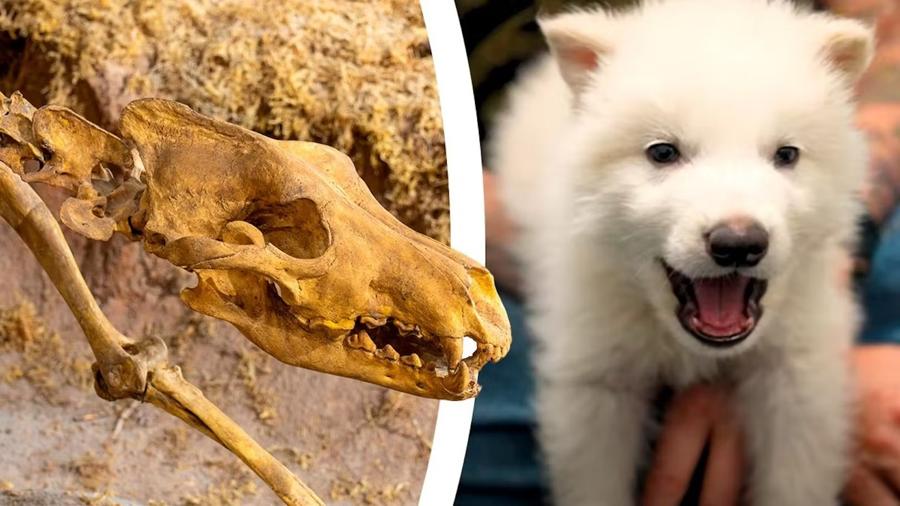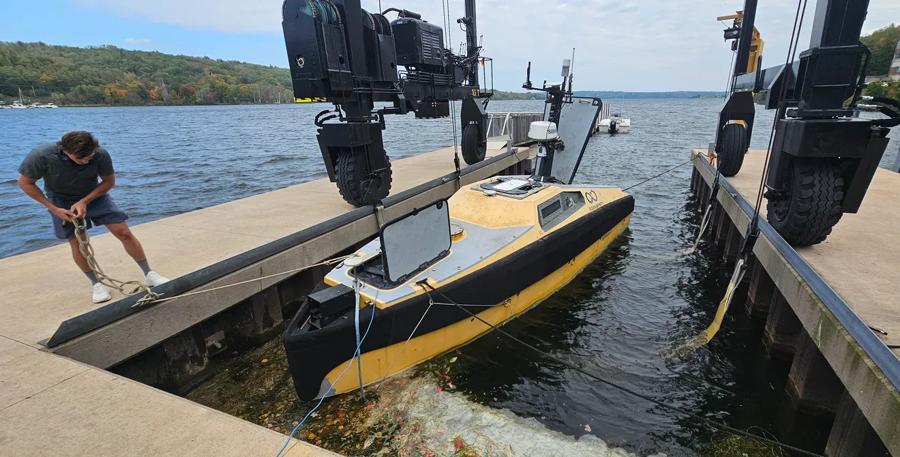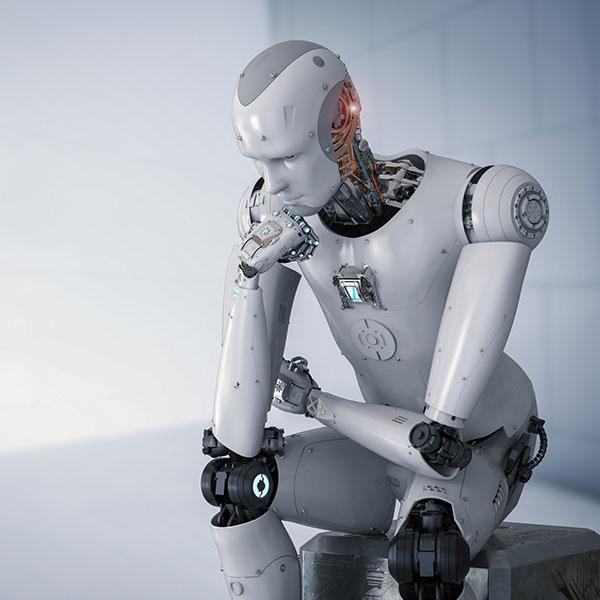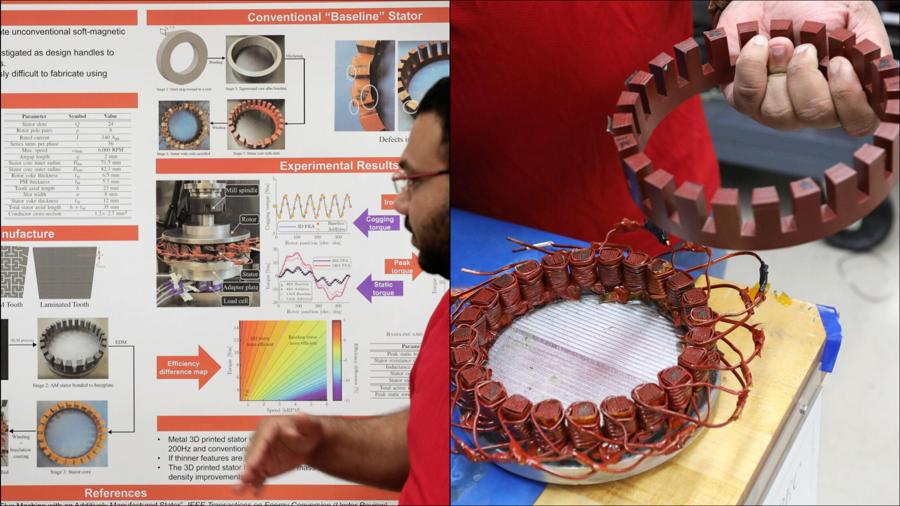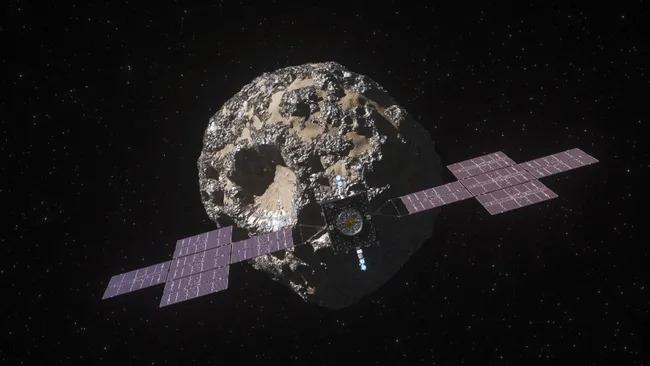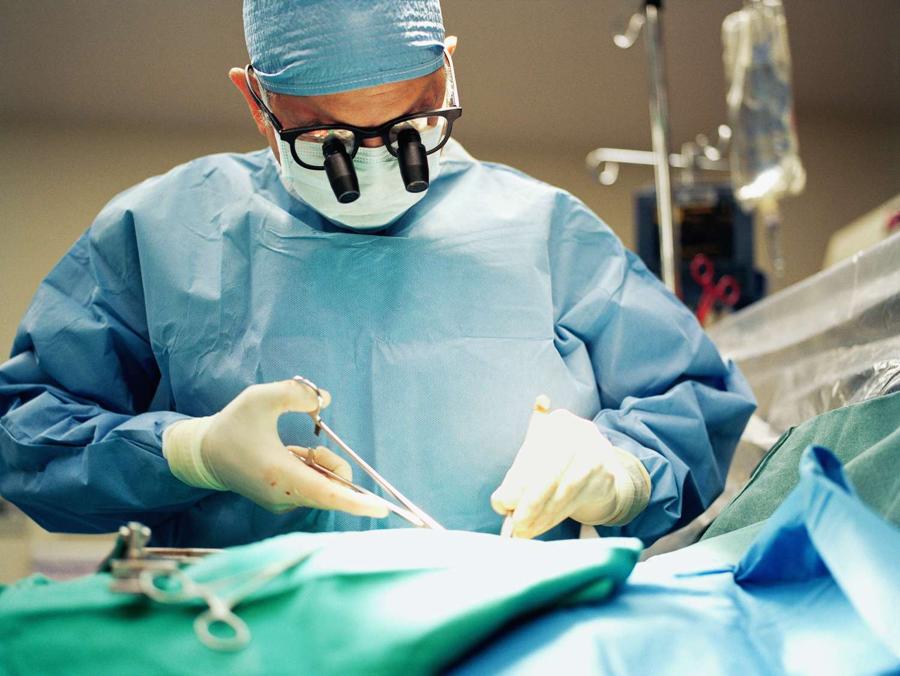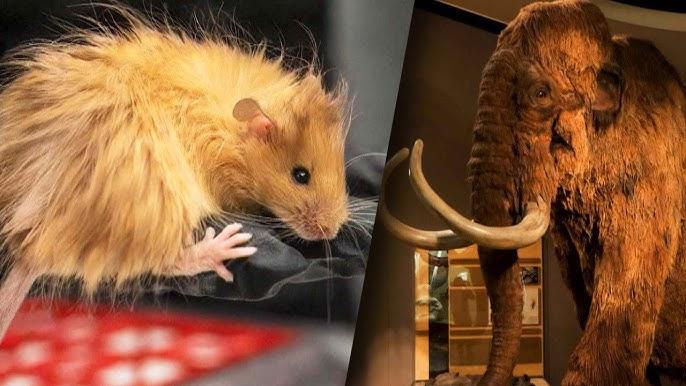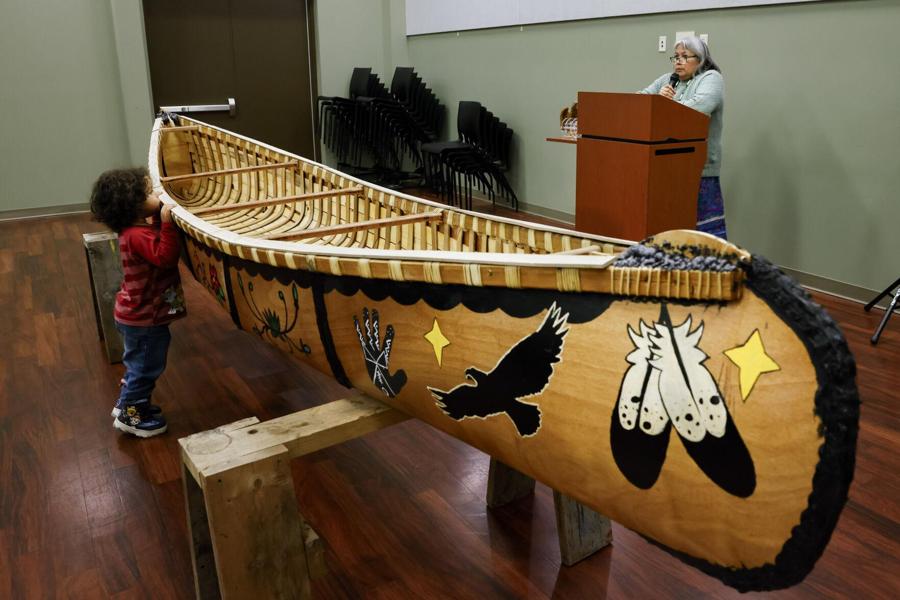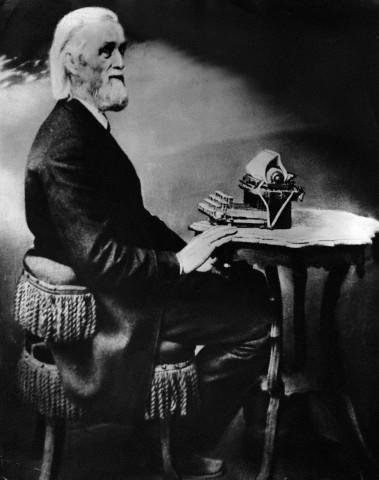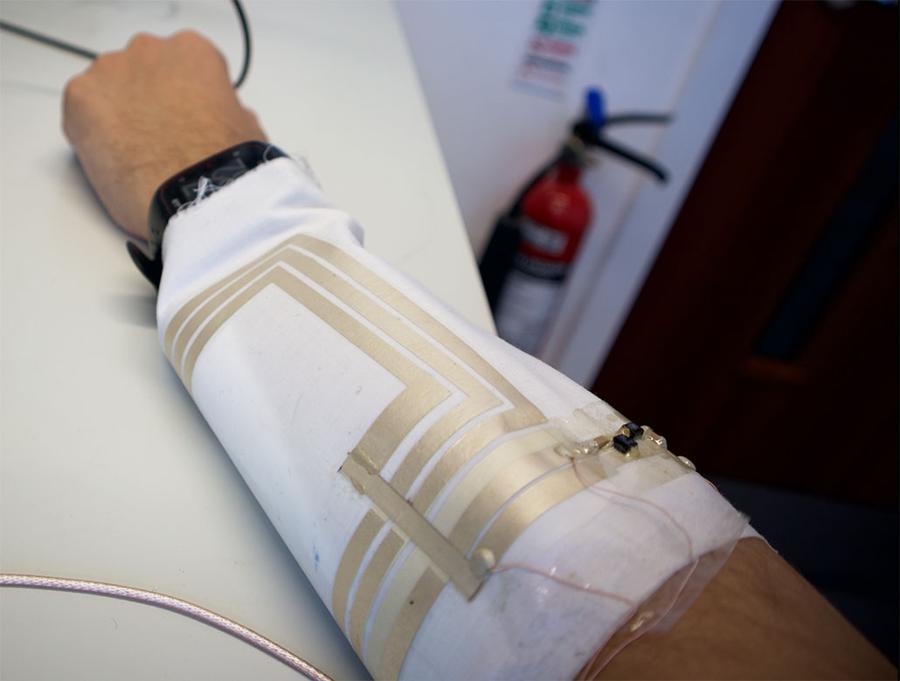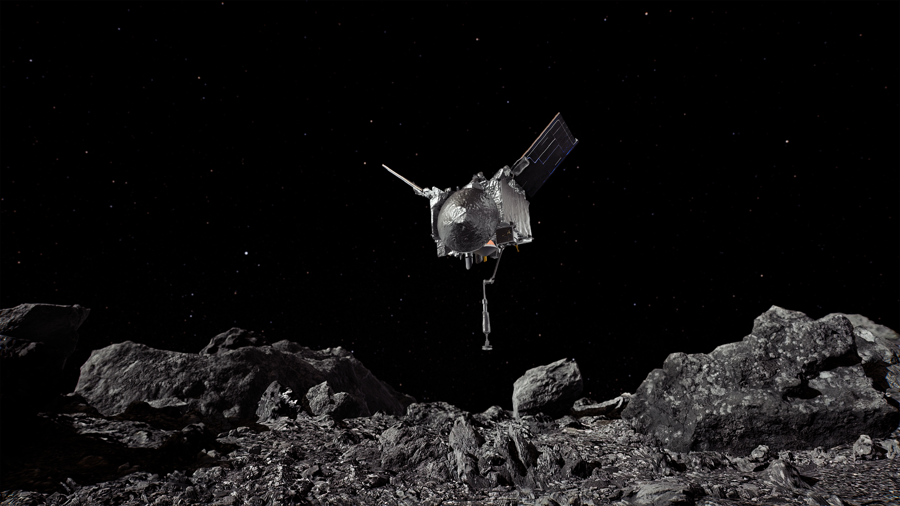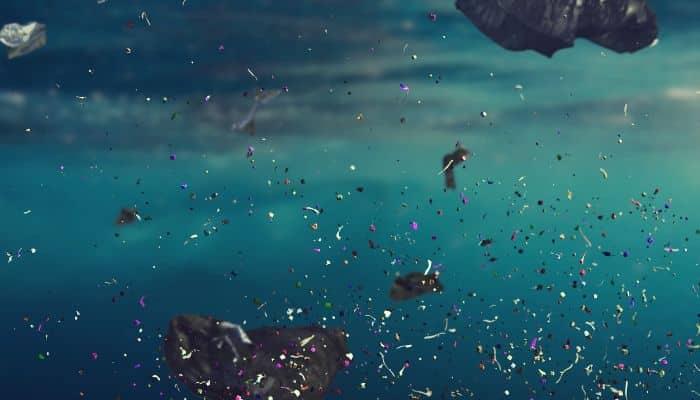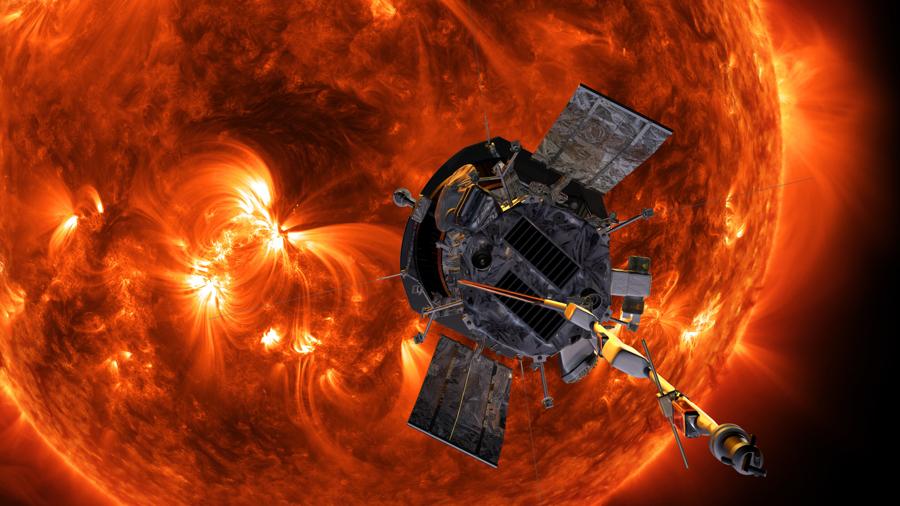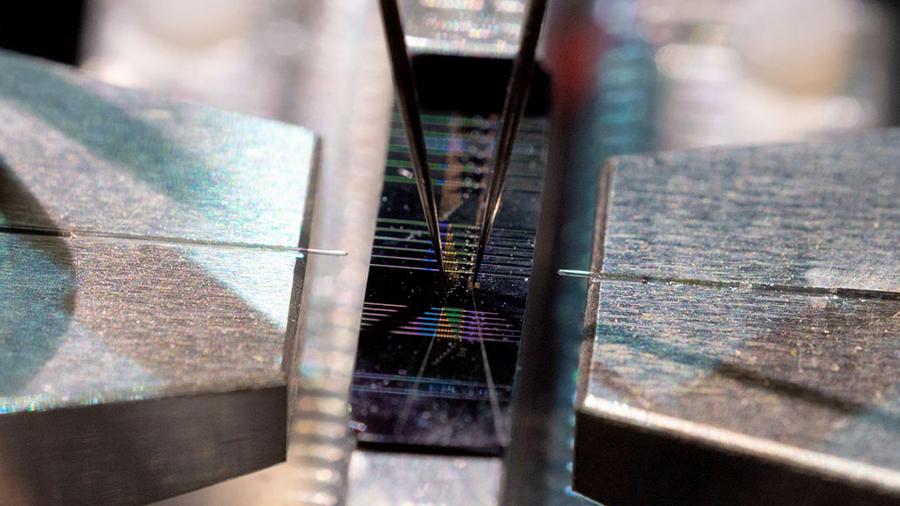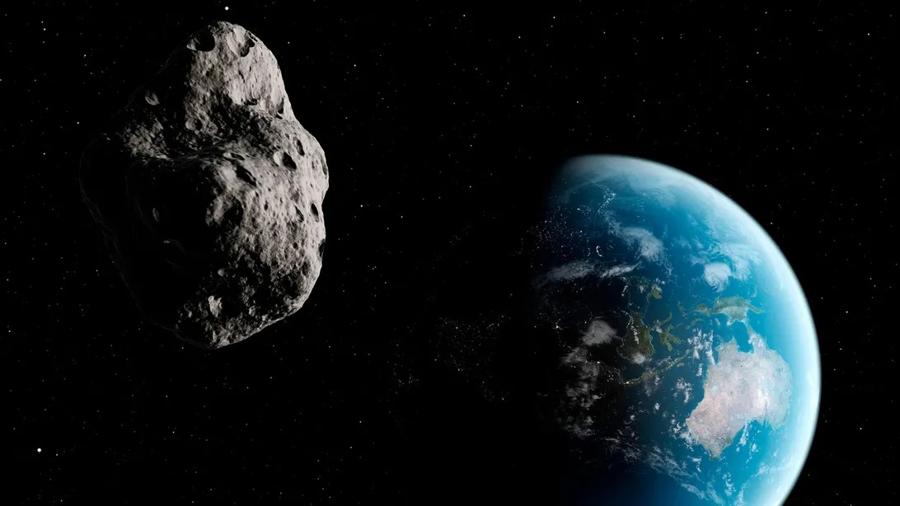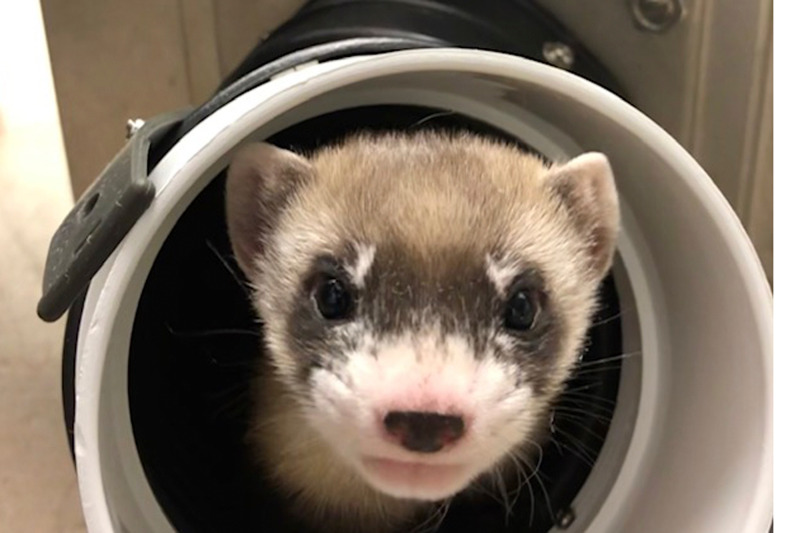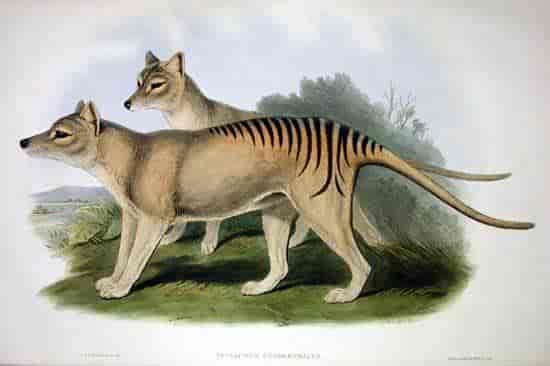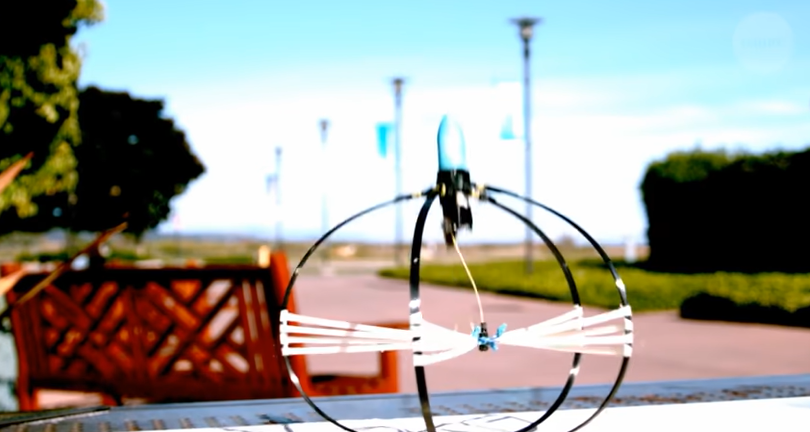A Massive Experimental Battery Is Being Tested in Wisconsin

by John Agbo, age 14
A $90 million carbon dioxide battery, almost the length of a football stadium, is distinctive from the variety of energy storage operations running in the U.S. The battery is being planned for construction in less than a year near the soon-to-close Columbia County coal plant in Wisconsin.
Mike Bremel, the director of engineering and custom solutions at Alliant Energy, said the company aims to have contractors by early 2026, after state regulators approve the project. The battery will be built from easy-to-source plastics, concrete, and steel. The battery will be able to supply 20 megawatts, enough to power 18,000 homes for up to ten hours at a time. During this process, the structure uses an electric grid to turn carbon dioxide gas into a fluid by compressing it. It would then be decompressed into pressurized air, which would then spin a turbine, generating electricity.
With construction starting next year, Energy Dome, the Italian company behind the battery, announced that another high-profile customer has taken interest. Google has made a deal with them to mass-produce the carbon dioxide batteries worldwide. [Read More]

